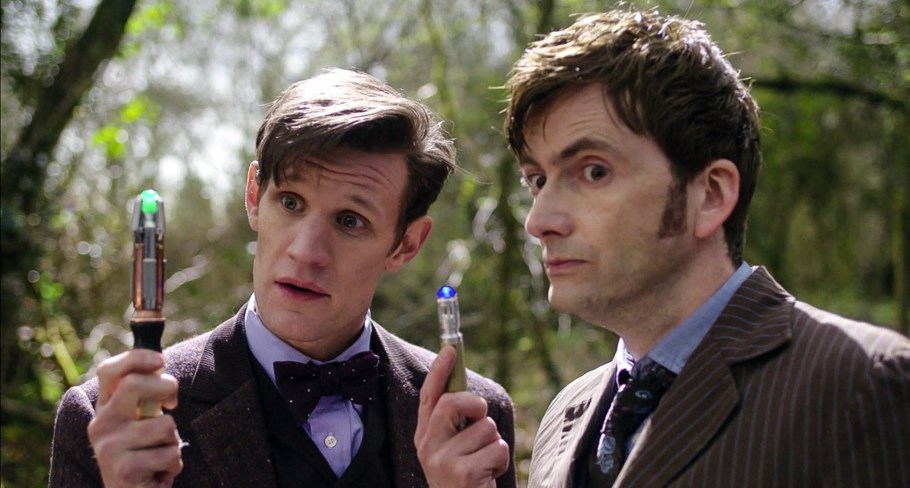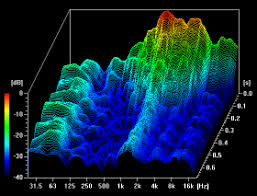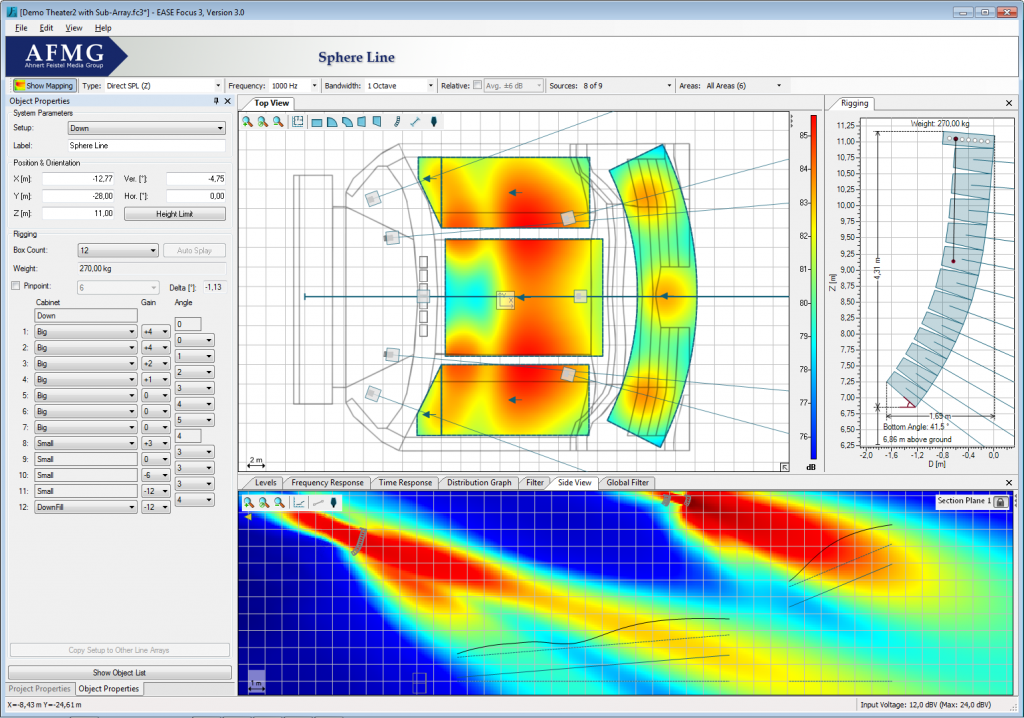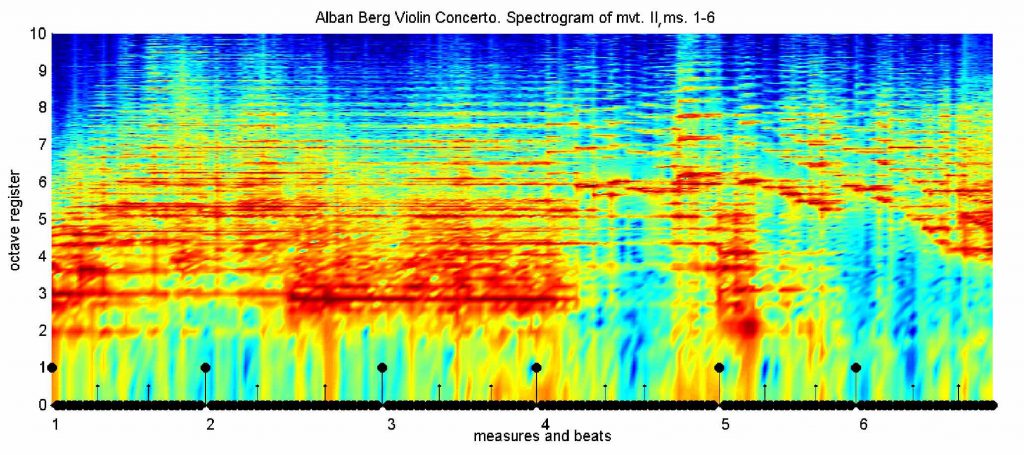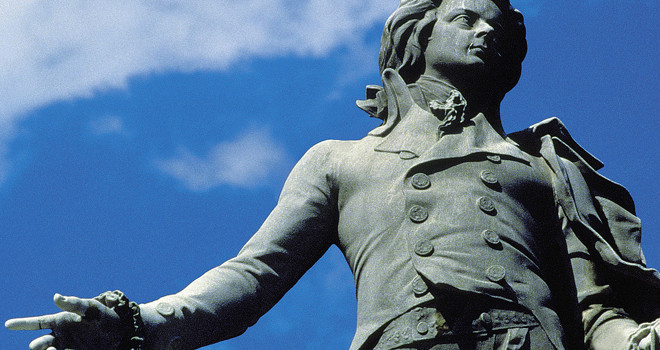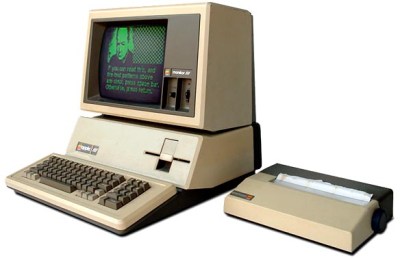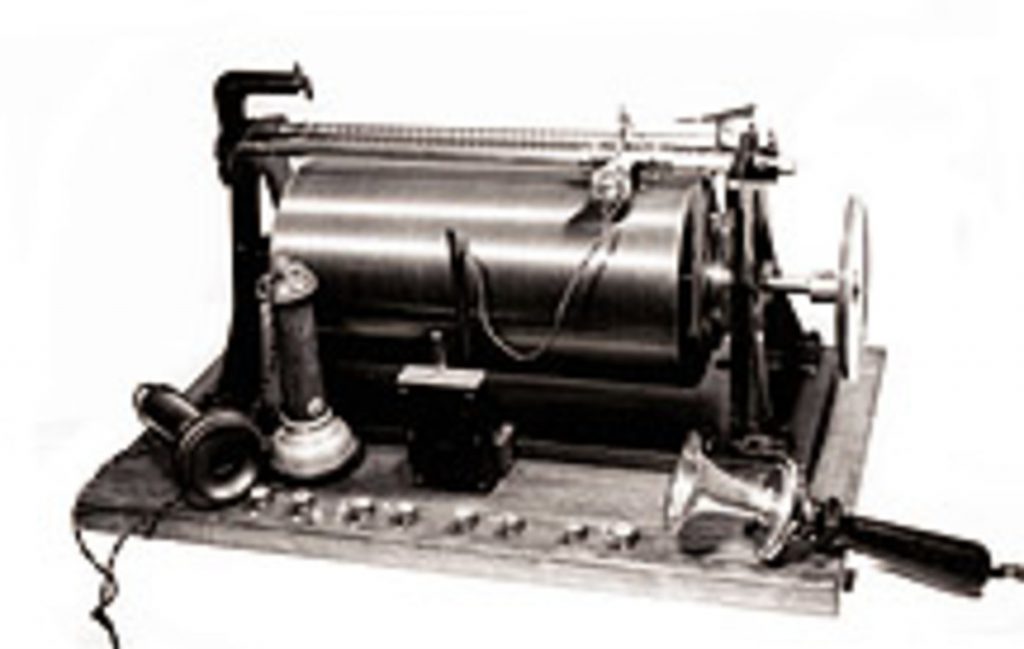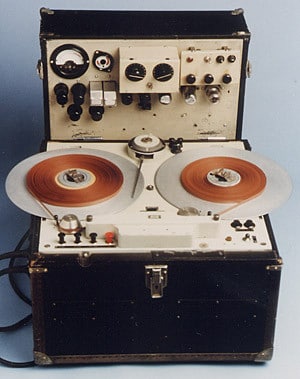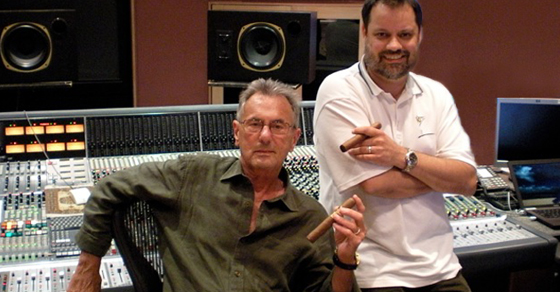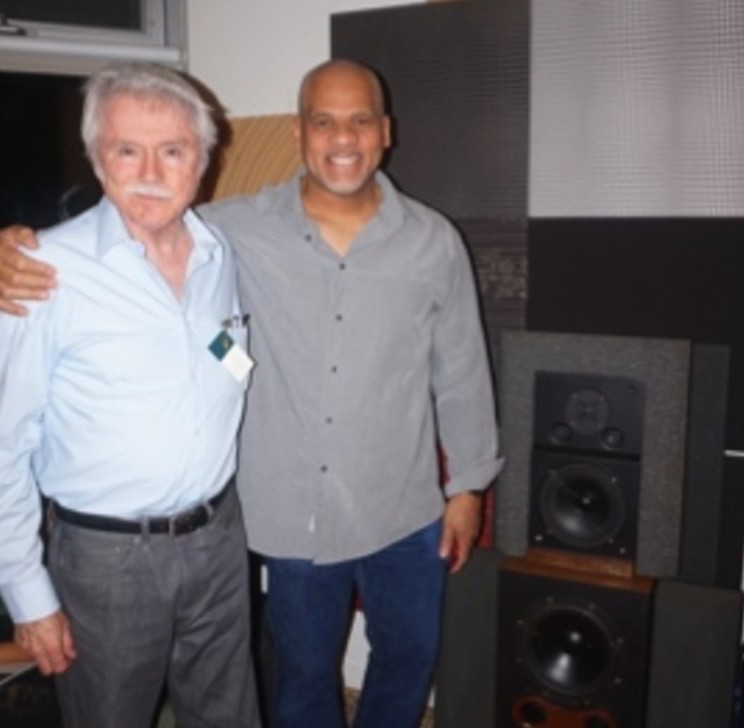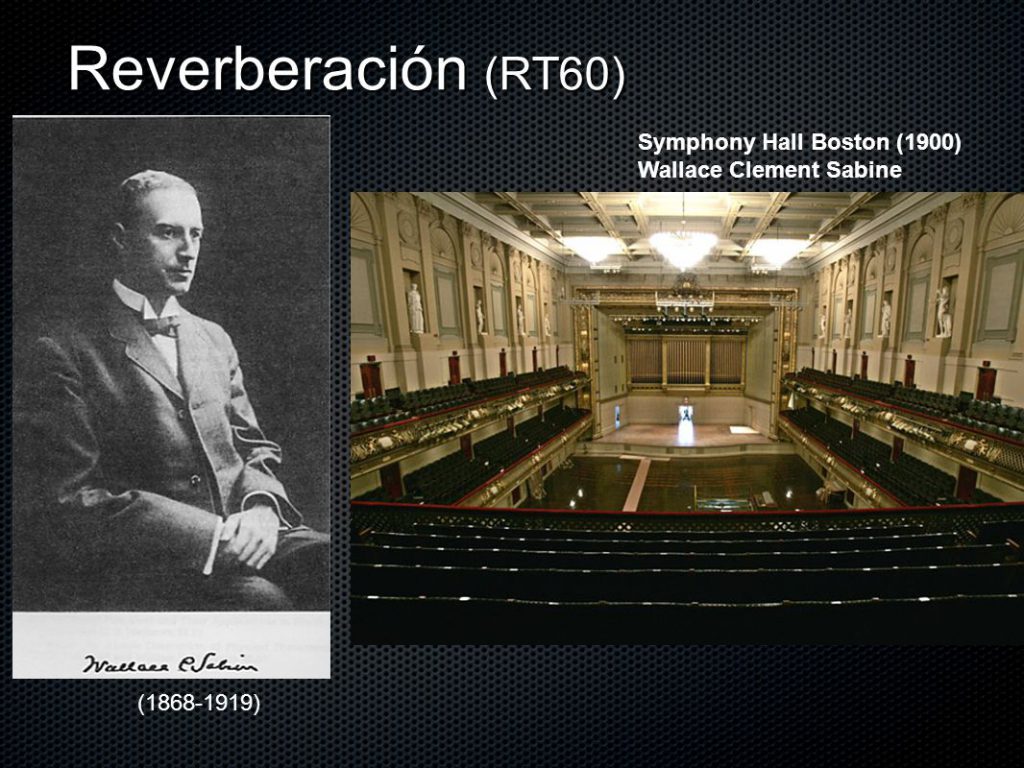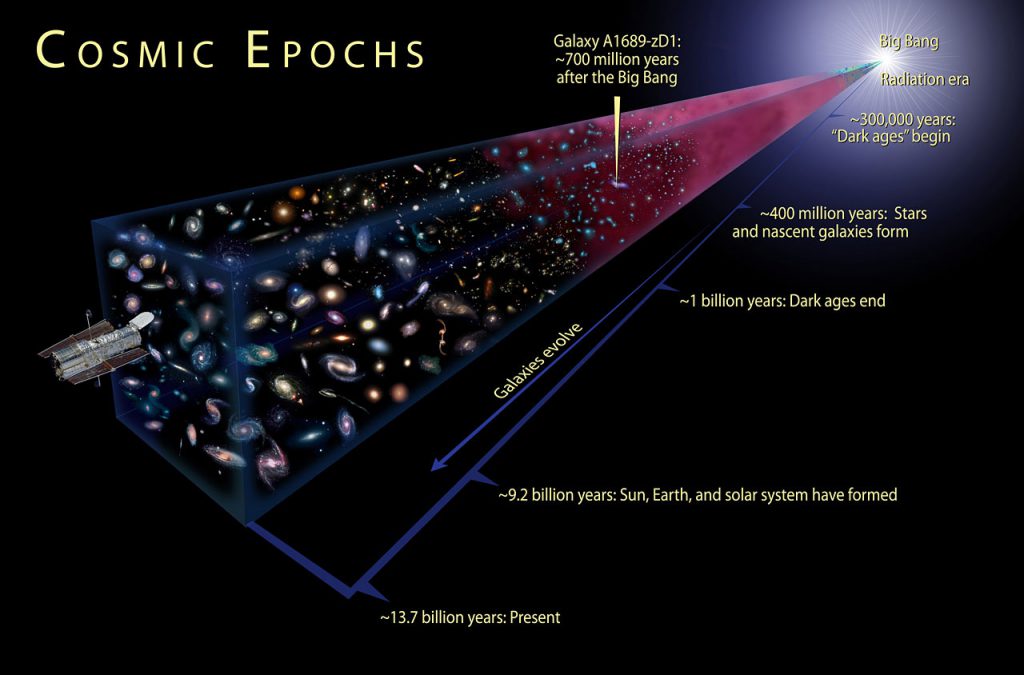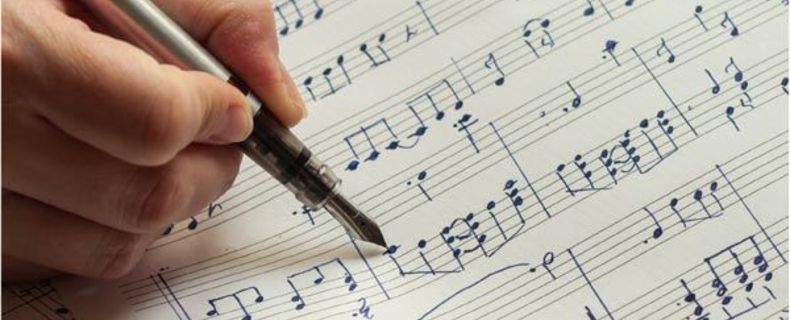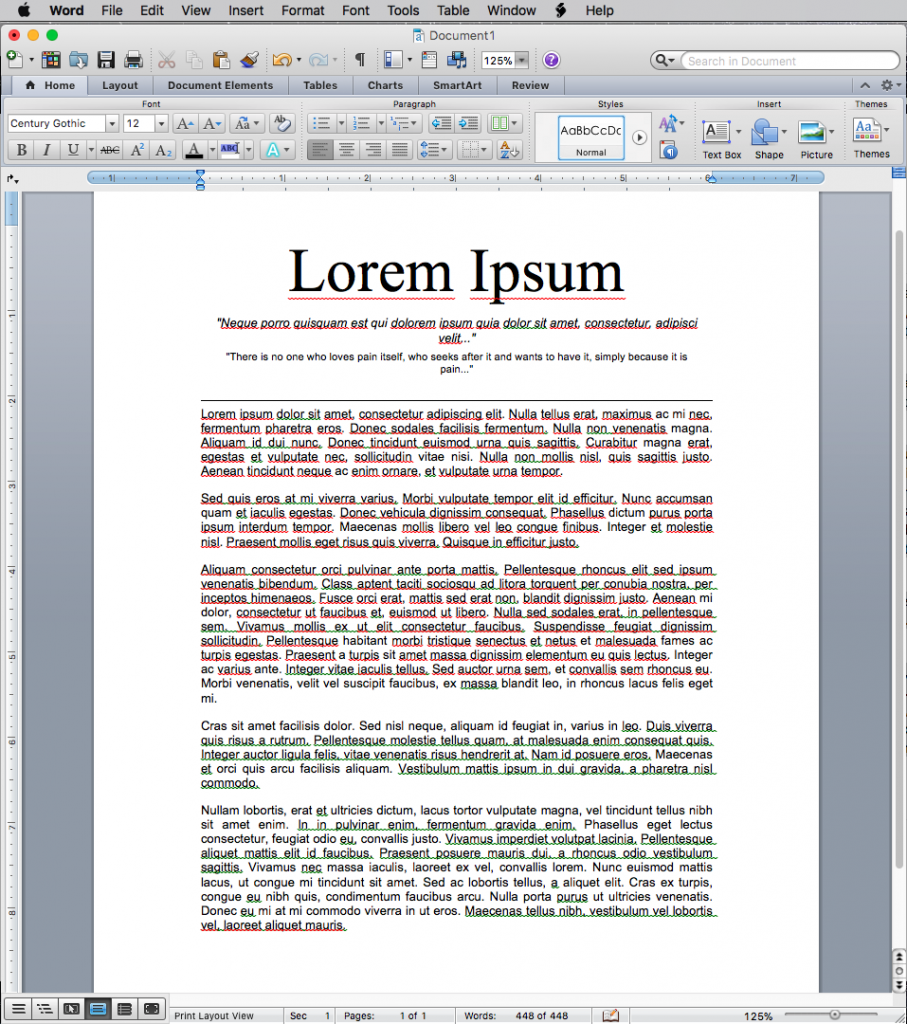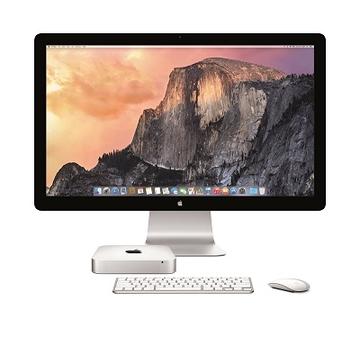Acoustics is a beautiful thing. A well designed environment with great sound is a wonder to behold; inspiring, uplifting and emotional.
Acoustics, like many fields is subject to the rules of physics, traditional and quantum. It is simultaneously straightforward, yet complex with many variables. The best sounds need the best acoustics. It’s important to use the right tool for the right job. At times this means a fast computer and complex acoustical test software like DIRAC or EASE.
At other times it means a good ear, excellent observational skills, a pen and a pad of paper. As always, the challenge is to know when to use which tool for which job.
On the one hand, the sound of a room can be well documented and thoroughly tested with reference microphones, CPU’s, software, good cables, and pink noise. Using the latest technology in test equipment, we can measure a plethora of variables which help us quantify, chart, graph and often predict everything we’re come to understand about sound and acoustics.
On the other hand, the best sounding spaces on earth are still created by mother nature, and music is still made by living creatures: birds, whales, even humans sometimes. Until we learn how to teach computers to write music like Mozart or to sing like birds, this je ne sais quoi remains the elixir which eludes the world of science and technology regarding acoustics.
On a regular basis I’m asked “Why can’t I program a computer to mix my film?” Or, “Why can’t I just have my laptop mix my song?” And of course, “Why don’t we have software that writes music as beautiful as Puccini yet?”
The reason is simple. In order to teach a computer or machine to do something, we have to understand how it’s done in the first place. Not just a little bit, we need to understand it extremely well. We’re Virtuoso’s at being human, we’re just not always the best Professors. Just because you can write a symphony or paint a masterpiece doesn’t mean you can teach someone else how to do it.
Bell labs presented the first speech recognition systems in the 1950’s which only identified numbers from one specific voice. Ten Years later it was a few vowels and maybe 10 consonants. [70 years]
Apple computer, arguably one of the greatest innovators of computers in history, had many ups and downs since it’s inception in a garage at the hand of two smart guys in 1976. [42 years]
While the first wire recorder was invented in 1898, the widespread explosion of tape recorder use for information, data and music was in the 1940’s after German Magnetophones came to the U.S. from WWII. [80 years]
Technological innovation requires that one ask the right question, then with said question in hand, make many, many detailed observations. Detailed observations take time. Yet once the ideal mix of Virtuosos and Professors come together, then….Boom! Creation.
Until we find a another way, technology is limited by our understanding of how things work, our ability to teach that understanding, and the patience to iterate it to perfection.
History shows us observation, persistence and an intuitive belief in things yet unproven, can result in the greatest creations which have become the basis of our modern world: clean water, vaccines, electricity, aeroplanes, the light bulb, telecommunications, automobiles, computer technology and many more…
Each and every innovator had to make choices and decisions constantly about their designs; what they want it to do, what do they want to accomplish with it, how will others use it and will it actually work? Test gear, microphones and software won’t answer these questions. Yet a person needs to use these tools to gather the information to make these decisions. Right Tool, Right Job. The right person with the right abilities presented with the right information can create incredible things; things which were previously considered impossible or quite simply unimaginable. The real trick is to put the right information in front of the right person at the right moment in time. Or from a different perspective, how to put yourself in front of the right information at the right moment in time.
Al Schmitt never needs test gear to capture a great recording. Glenn Phoenix uses his ears more than anything to design and build world class speakers, and Wallace Clement Sabine invented modern acoustics including the terms “absorption” and “reverberation” using a stopwatch, some pillows and his ears.
Cosmologists create ideas by imagining concepts of how the universe was born, how time works, how suns burn and basically how everything works. Musicians hear music from points unknown and hum it, sing it and play pieces on instruments until it fully forms and becomes a song.
And yet we take for granted how we type words into a wireless keyboard and letters appear in our native language on a light-up screen saved to a little metal box instantly and constantly connected to the entire world.
It is through detailed observation, trial and error, experience, and learning from other’s experience, that we get to learn faster and better than previous generations. When the speed of innovation becomes logarithmic like Moore’s Law then we know we’ve used the Right tool for the Right Job.
There is more information, more easily available and more economical than ever before. Some of it is useful, some of it is true. And some of it is neither. When in doubt, we consult the builders, the creators. They are the ones who understand the craft, the art of making things. They are the ones who have the answers and know what is true and what is hearsay.
Every generation has its’ creators, as everything man-made was once created by someone. They are our most valuable treasures: the human knowledge, the human experience. They are the source of all the information which never gets documented, recorded or written down. The nuance of how to adjust a lathe while cutting two masters at once, the deftness with which to place a microphone just so to capture a viola, or the way to vocalize a phase in a way that takes everyone’s breath away. These talents are hard to put in a book, teach to software or explain to another person. And sometimes we just run out of time. We’ve all experienced these limitations, but by not passing on the knowledge to future generations, the consequential loss to society is the unfortunate end result.
Someday we’ll be able to, someday we’ll have all the time and resources to document every minute detail. Someday everything we know and do we’ll be able to teach a computer brain in a robot to do with us, for us and perhaps instead of us. And in that same someday, we humans will be doing even greater things, accomplishing ever higher goals physically and mentally. Someday a robot with a positronic mind equal to a human’s of 2018 will be the Right Tool for the Right Job serving humanity as we evolve. That day may be 3018, it may be 2020. Someday we’ll have the ability to see the future and tell you what year that will be…
As one of my many teachers once told me, “Keep your mouth shut, your eyes and ears open, and you just may learn enough to survive another day in the recording industry.” In retrospect, these words seem to be true across many paths of life. Especially the part about keeping your eyes and ears open.
Creation takes inspiration. Innovation requires vision. Invention needs tenacity. Mix with 1000 unnamed, unknown variables and you have the recipe for evolution.
One day we will understand all the variables, have observed and noted every detail and have programmed our favorite life-like robot to write great pops songs and symphonies to entertain us. If luck is on our side, humans will have evolved to the point where we’ll be creating and innovating with such grandiosity and beauty that we’ll be far ahead of any AI robots we have created. And in that same future world our skills, technology and world will still be ruled by the same concept of design and creativity: Ask the Right Questions, keep your Eyes and Ears Open and use the Right Tool for the Right Job.
Peace, – H
